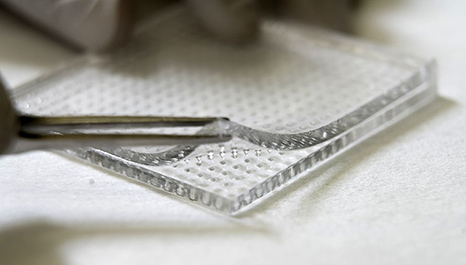Even though human beings are the smartest species to set foot on earth, they have their fair share of limitations as well. There are a ton of things that go beyond our understanding, and for years, we haven’t been able to do anything about it. Our first real attempt at broadening our perspective came when we stitched together the phenomenon of technology. All of a sudden, a world of possibilities was within our reach, and we in return, made the most of it. After grappling with some doubt initially, we started to accept the kind of change that technology brought with it. The results were swift and they were better than what we had envisioned. For instance, an impression of technology that many shared at the beginning had a lot to with it being considered as a luxury tool. However, as we know, the creation would outpace this narrative before even anyone had a chance to realize. Soon enough, we would have the answers to some of our biggest questions, but the best thing here was the fact that these answers appeared in all sorts of areas, thus facilitating more far-reaching growth. One such area that enjoyed the ripple effects of technology’s emergence was healthcare. Healthcare, as a sector, has dealt with a lot doubts and criticism over the years. This is partly due to its sheer inefficiencies against some of the biggest medical complications humankind has ever seen. However, the sector’s stature amongst general public switched up drastically once tech-centric solutions begin to fortify their reliability. These solutions would continue to grow in number, exploring different elements of human health with every step. Our most recent step, though, is based on an important discovery made by folks at Purdue University.
The researching team at Purdue University has come up with an intriguing idea of microneedle patch that is designed to deliver oxygen and bactericidal agents to chronic wounds. At this point, the bacterial layer that forms over non-healing wounds is well-recognized as a major problem throughout the industry. From the outside, it doesn’t quite look serious, but these bacterial biofilms actually prevent the wound from getting healed, and if that’s done for long enough, there are real chances of it leading to conditions like sepsis and even limb amputation. Microneedle patches, in this context, do the work of non-invasively penetrating these bacterial layers, thus opening a pathway to deliver calcium peroxide and generating oxygen within the wound.
We do have certain procedures already to fulfill a similar purpose, but these treatments are considered as exceedingly painful and also potentially damaging for healthy tissues. In this regard, Microneedle patches help us in turning a corner.
“The microneedles don’t cause pain because they are not long enough to touch nerve endings in the foot. In this published study, the team assessed the microneedles on ex vivo porcine wound models. In fewer than five minutes, the microneedles dissolved, the antibiotic was delivered and the patch was removed,” said Rahim Rahimi, a researcher involved in the study.



















